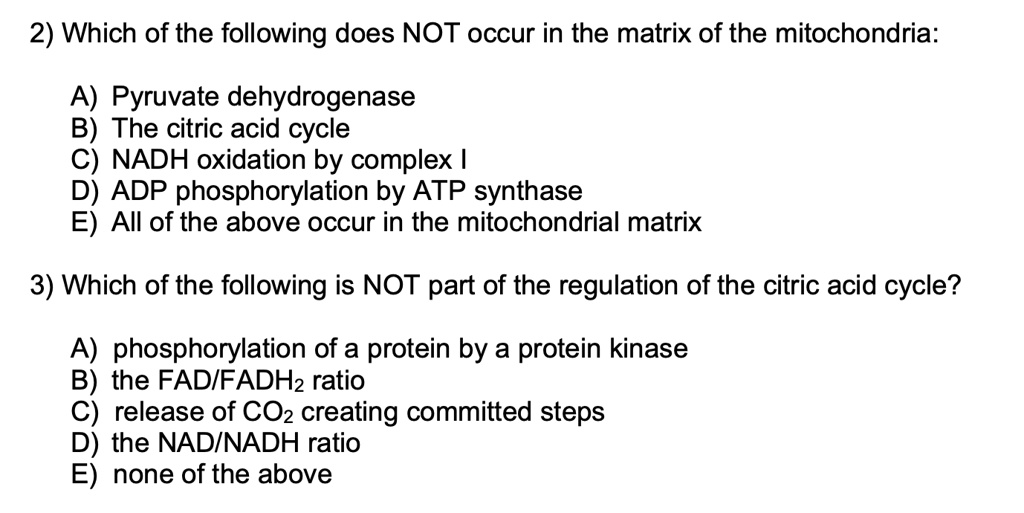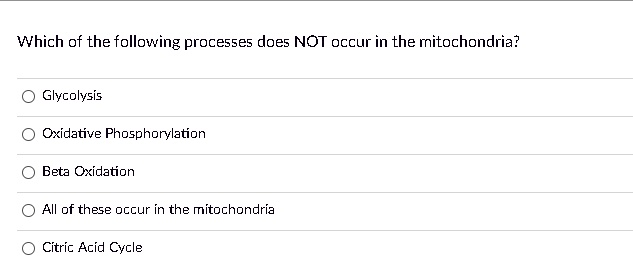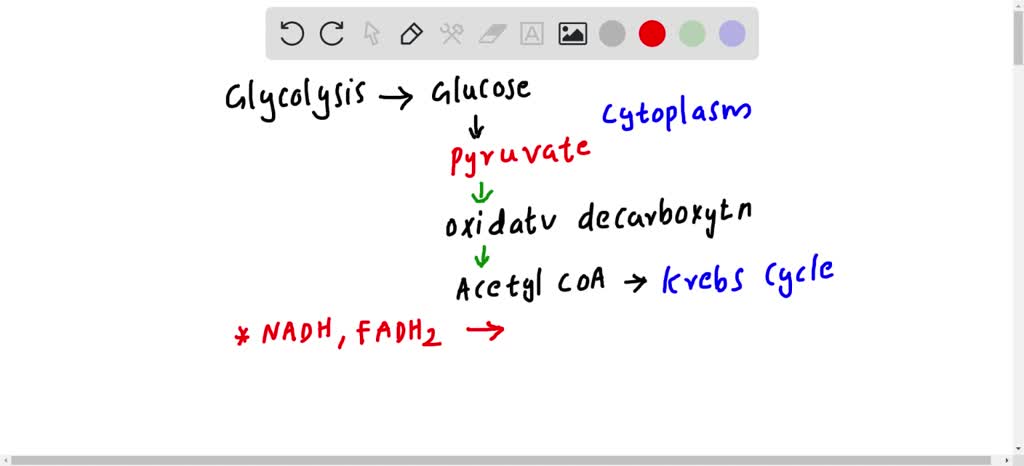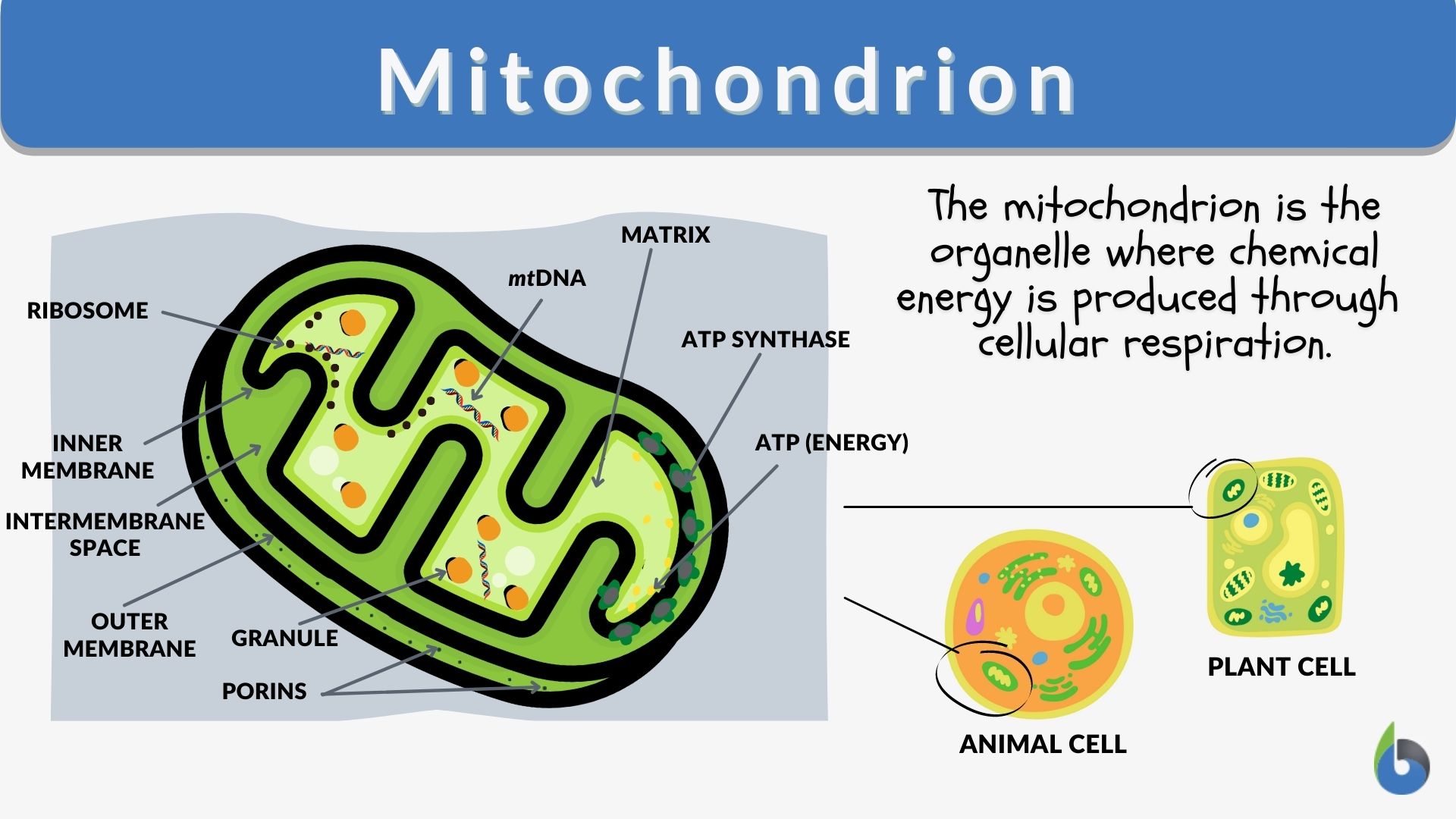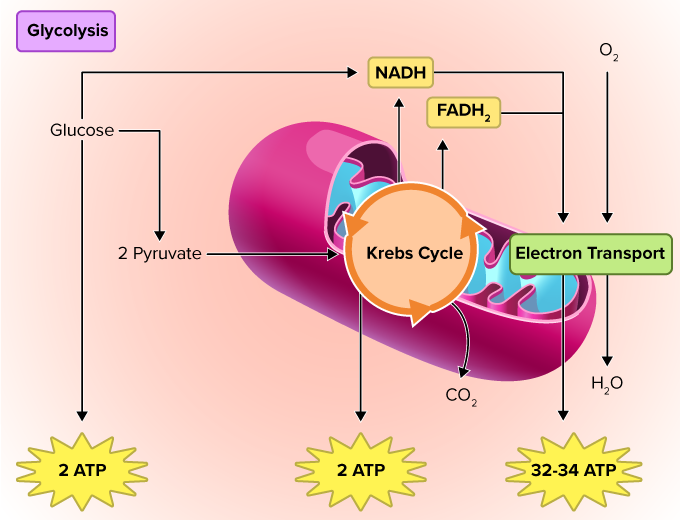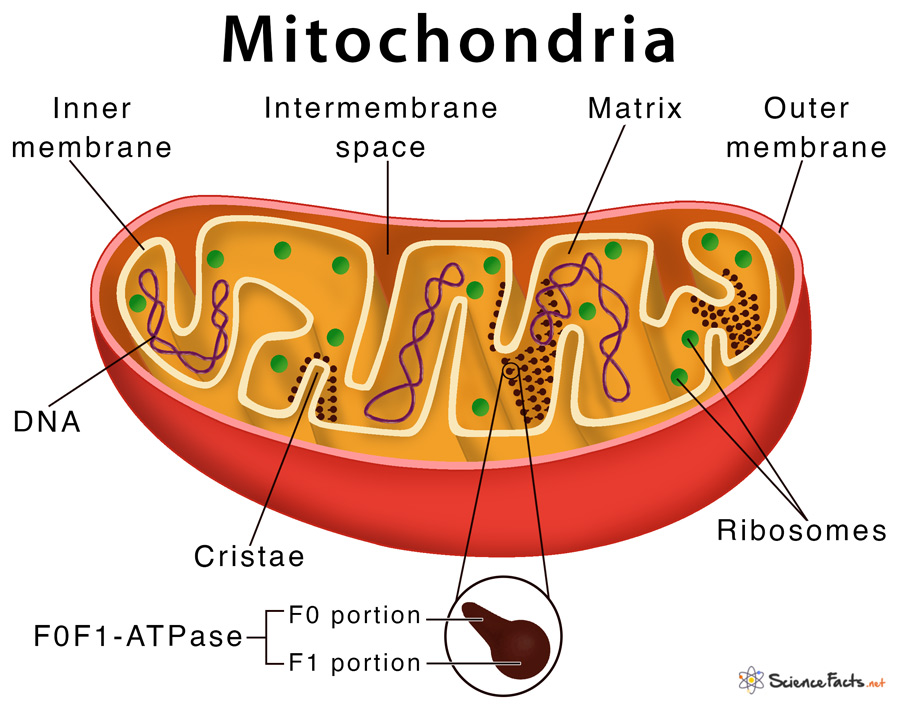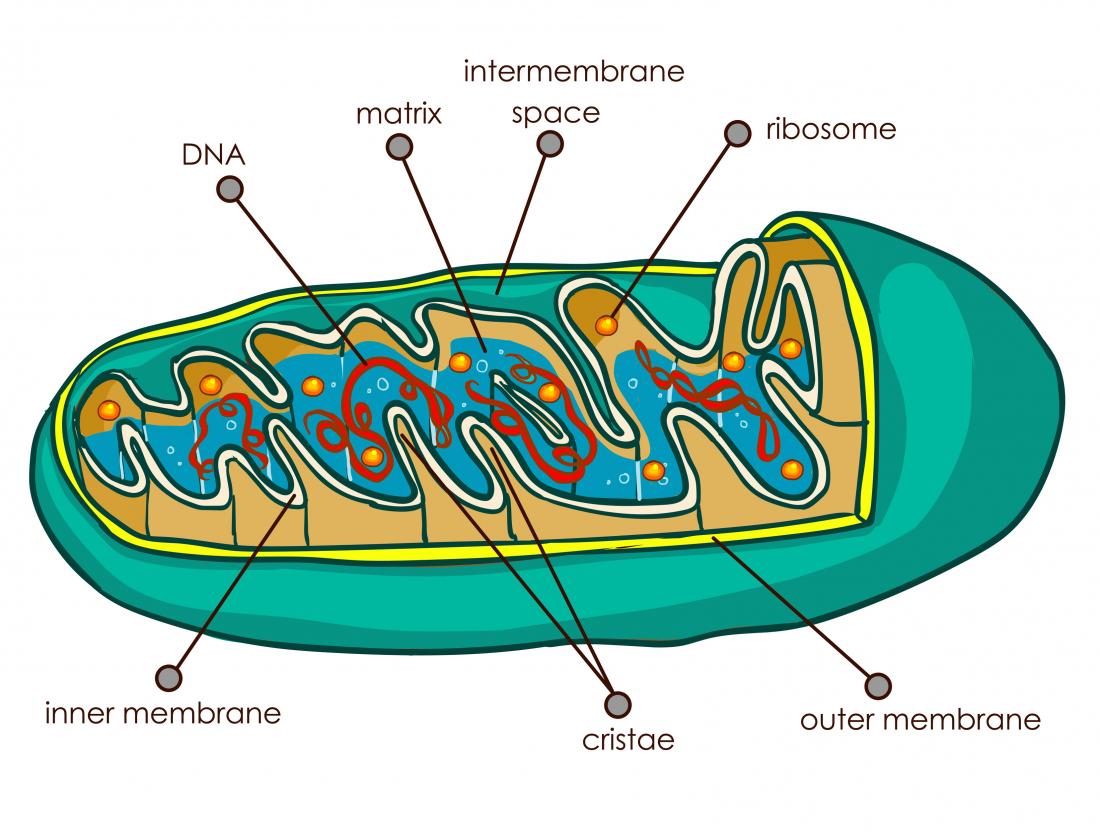Which Of The Following Does Not Occur In The Mitochondria

In the microscopic world within our cells, a silent power struggle is constantly unfolding. The mitochondria, often hailed as the powerhouse of the cell, are the battleground where essential biochemical processes fuel life itself. Yet, pinpointing precisely what doesn't occur within these dynamic organelles is crucial to understanding their function and the cell's overall health.
This article dives into the intricate world of mitochondrial function to debunk common misconceptions and clarify the processes that are distinctly absent from this cellular powerhouse. Understanding what *doesn't* happen in the mitochondria is as important as knowing what does, offering critical insights into cell biology and disease.
What Mitochondria Do: A Quick Review
The primary role of mitochondria is cellular respiration. This complex process involves breaking down molecules from the food we eat to produce ATP (adenosine triphosphate), the cell's main energy currency.
Key processes occurring within mitochondria include the Krebs cycle (also known as the citric acid cycle), the electron transport chain, and oxidative phosphorylation.
These processes work in concert to efficiently convert the energy stored in glucose and other molecules into a usable form.
Delving Into What's Absent
While mitochondria are involved in a multitude of essential functions, several key cellular processes are distinctly absent from their inner workings. Understanding these absences is critical for a complete picture of cellular organization.
Glycolysis: An Important Distinction
Glycolysis, the initial breakdown of glucose, does *not* occur within the mitochondria. Instead, glycolysis takes place in the cytosol, the fluid portion of the cytoplasm.
This cytosolic location is crucial because glycolysis precedes the Krebs cycle, which does occur in the mitochondrial matrix.
Glycolysis yields pyruvate, which then enters the mitochondria for further processing.
DNA Replication: A Limited Role
While mitochondria possess their own DNA (mtDNA) and ribosomes, enabling them to synthesize some proteins, the bulk of DNA replication occurs within the cell's nucleus.
The replication of nuclear DNA, containing the vast majority of the cell's genetic information, is a nuclear process, completely separate from mitochondrial DNA replication. This DNA replication is a crucial process to prepare the cell for division.
Mitochondrial DNA replication is limited to the mtDNA itself, which encodes only a small subset of mitochondrial proteins.
Transcription of Most Genes
Similar to DNA replication, the transcription of most of the cell's genes does *not* occur within the mitochondria. Transcription, the process of creating RNA from a DNA template, primarily happens in the nucleus.
The resulting messenger RNA (mRNA) is then transported to the cytoplasm to be translated into proteins.
Mitochondria only transcribe their own mtDNA, creating mRNA for the proteins encoded by that DNA.
Protein Synthesis: A Division of Labor
While mitochondria have their own ribosomes and can synthesize some proteins, they are not the primary site of protein synthesis within the cell. The bulk of protein synthesis occurs on ribosomes located in the cytoplasm, both freely floating and attached to the endoplasmic reticulum.
These cytoplasmic ribosomes synthesize proteins destined for various cellular compartments, including the mitochondria themselves.
The proteins synthesized within the mitochondria are primarily those directly involved in the electron transport chain and oxidative phosphorylation. Importantly, most mitochondrial proteins are encoded by nuclear DNA and synthesized in the cytoplasm before being imported into the mitochondria.
The Absence of Photosynthesis
Photosynthesis, the process by which plants and some bacteria convert light energy into chemical energy, does *not* occur in mitochondria. Photosynthesis takes place in chloroplasts, organelles found in plant cells and algae.
Mitochondria and chloroplasts have distinct evolutionary origins and perform complementary roles in energy production.
While both organelles are involved in energy transformation, they operate using fundamentally different mechanisms.
Why This Matters
Understanding which processes don't occur in mitochondria is crucial for several reasons. Firstly, it solidifies our knowledge of cell compartmentalization and the division of labor among organelles.
Secondly, it sheds light on the complex interplay between the nucleus and the mitochondria, highlighting the interdependence of these cellular components.
Finally, it has implications for understanding and treating mitochondrial diseases, which can arise from dysfunction in various aspects of mitochondrial function, including protein import and mtDNA maintenance.
Looking Ahead
Research continues to unravel the intricacies of mitochondrial function and its role in health and disease. Advances in techniques like proteomics and metabolomics are providing increasingly detailed insights into the molecular processes occurring within mitochondria.
This growing knowledge will undoubtedly lead to the development of new diagnostic tools and therapies for mitochondrial disorders and other diseases associated with mitochondrial dysfunction, such as neurodegenerative diseases and cancer.
By continuing to refine our understanding of what happens – and what doesn't – in the mitochondria, we can unlock the secrets to cellular health and pave the way for a healthier future.
